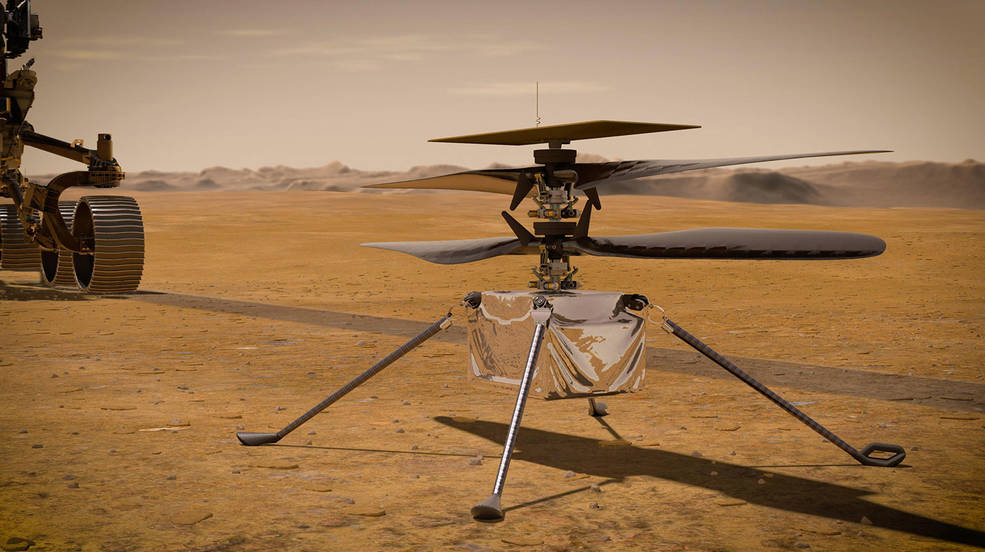
While modern cameras provide machines with a very well-developed sense of vision, robots still lack such a comprehensive solution for their sense of touch. At ETH Zurich, in the group led by Prof. Raffaello D’Andrea at the Institute for Dynamic Systems and Control, we have developed a tactile sensing principle that allows robots to retrieve rich contact feedback from their interactions with the environment. I recently described our approach in a TEDx talk at the last TEDxZurich. The talk features a tech demo that introduces the novel tactile sensing technology targeting the next generation of soft robotic skins.
Design
The sensing technique is based on a camera that tracks fluorescent particles, which are densely and randomly distributed within a soft, deformable gel. The randomness of the patterns simplifies production of the gel and their density provides strain information at each pixel of the resulting image. In addition, the technique does not make any assumption about the shape of the sensing surface, which can exhibit an arbitrary geometry.
Data Processing
While the images capturing the particles’ motion are intuitive and to some extent visually interpretable, the extraction of accurate physical quantities is challenging. In order to overcome the complexity of modeling the behavior of soft materials in real-time, the information extracted from the images is mapped to the distribution of the applied (shear and pressure) contact forces in a data-driven fashion. Specifically, a neural network is employed, which is trained entirely via accurate finite-element simulations to extract the aforementioned mapping.
Applications
This technology has the potential to impact several application fields, the obvious one being robotic manipulation. In a recent proof-of-concept, we have demonstrated how highly dynamic manipulation tasks can be achieved via the sole use of tactile sensing, as shown in the video below.
In addition, the versatility of this approach makes it suitable for various products beyond the robotics domain. In fact, an artificial sense of touch may find applications in smart prosthetic systems, with the potential to restore tactile sensations to people who have lost limbs.

